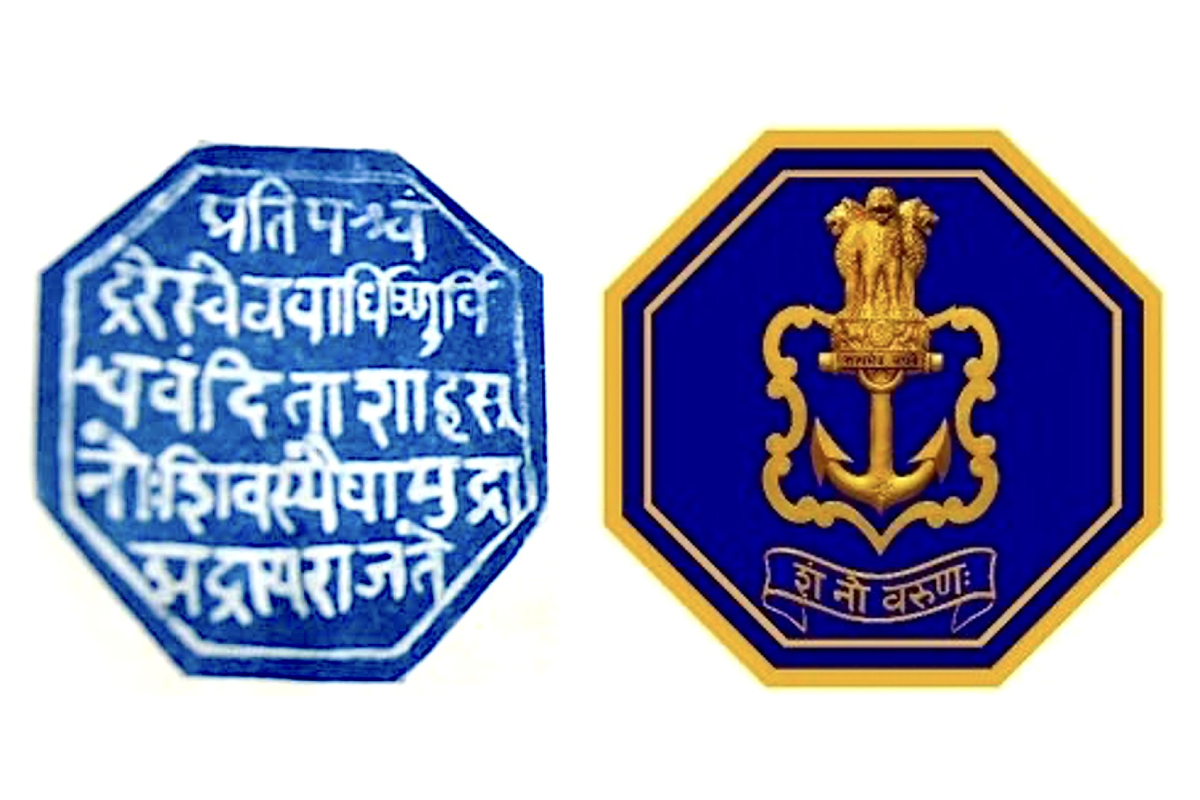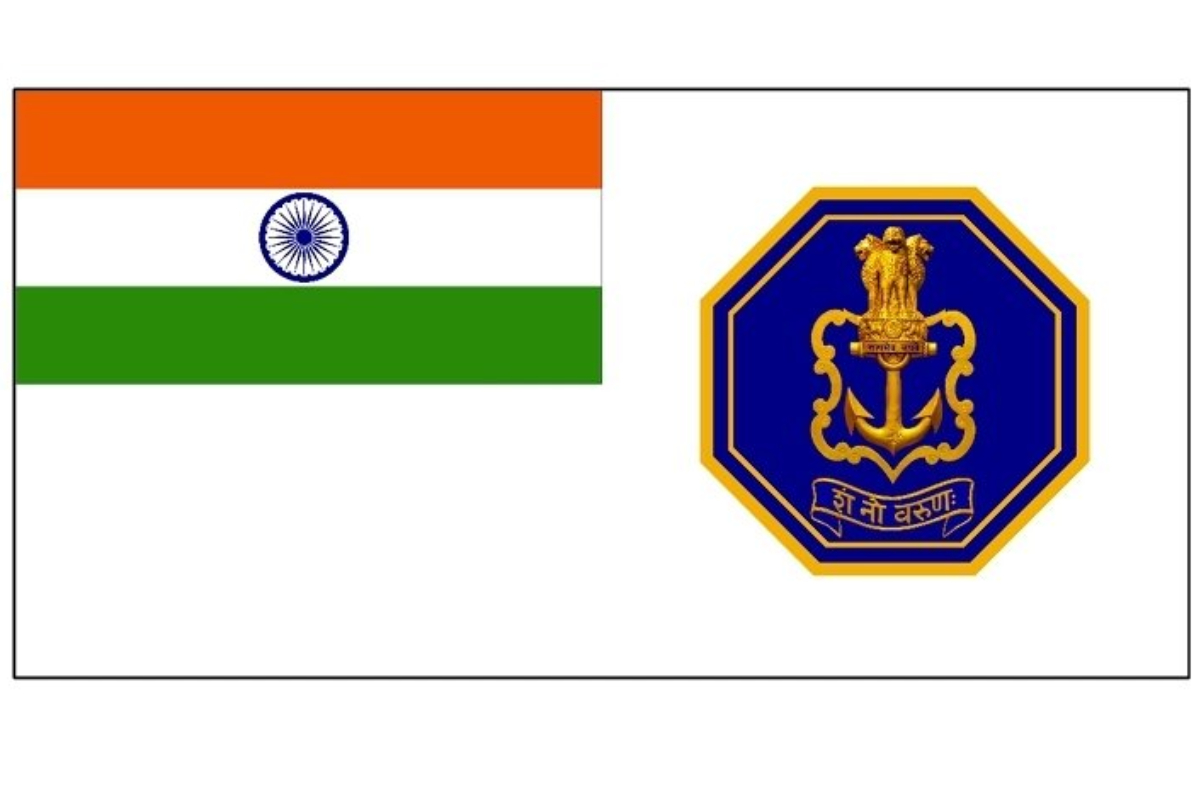Indian Navy got its second Aircraft Carrier INS Vikrant (02) after Prime Minister Narendra Modi commissioned it in Kochi. The commissioning of INS Vikrant marked a milestone in the annals of the Indian Navy as this aircraft carrier has been built in India by a conglomerate of 510 companies and is 100 per cent Indian.
Prime minister Modi also launched the official ensign of the Indian Navy to do away with the colonial past. The flag adopted by the Indian Navy has totally replaced the flag with Saint George’s Cross with the Tricolour in the top left corner.
During pre-independence the Indian Navy called Royal Indian Navy carried the British Union Jack in the canton. The new emblem that became official today, September 2, 2022, has completely done away with the colonial legacy.
The Royal Indian Navy then carried the British flag with a blue background and also carried the symbol of the Imperial Legislative Council of the colonial rulers.
It would be pertinent to mention that Saint George’s Red was named after the Christian warrior Saint George, believed to have been a crusader during the ‘Third Crusade’. Saint George carried a red coloured cross on a white background and was then adopted as the ensign of the Royal Indian Navy.
Indian Navy that came into existence in 1934 as Royal Indian Navy dropped ‘Royal’ after India became a Republic on January 26, 1950. However, the Indian Navy’s ensign Tricolour replaced the Union Jack but the St George’s Cross was retained. The Indian Navy removed St George’s Cross in 2001 during the government of Prime Minister Atal Bihari Vajpayee and retained the Tricolour in the top left.
Government of Prime Minister Dr Manmohan Singh adopted the pre-2001 era on the ground that there were innumerable complaints of Indian Navy insignia being lost and indistinguishable as the blue colour of the Indian Navy crest merged with the blue-coloured sea and the sky. Tricolour was added with the St George’s Cross to the naval ensign. There was another addition in 2014 when the emblem of the Indian Navy got “Satyamev Jayate” inscribed below the Ashoka.
The most striking part of the new ensign of the Indian Navy is the adoption of the octagon seal of the navy of great Maratha king Chhatrapati Shivaji Maharaj who is said to be the father of the navy. He had built a strong navy that was feared by his enemies. Prime Minister invoked Veer Chhatrapati Shivaji Maharaj in his speech and his immense contribution and vision in formulating a strong naval force to counter the Mughals.

Also the Red Cross has nothing to do with the history of the Indian Navy and there were demands to change it with the Indian Tricolour. Countries such as Australia, New Zealand, Canada, Pakistan, South Africa and Bangladesh that were once part of the British colonial rule have already changed the ensigns of their respective naval forces.
The unveiling of the new ensign for the Indian Navy by Prime Minister Narendra Modi is the culmination of the long pending demands to do away with the colonial past and give Indian identity to the Indian Navy. There could not have been a better day to introduce the new ensign when India commissioned its fully indigenously built aircraft carrier INS Vikrant (02).










